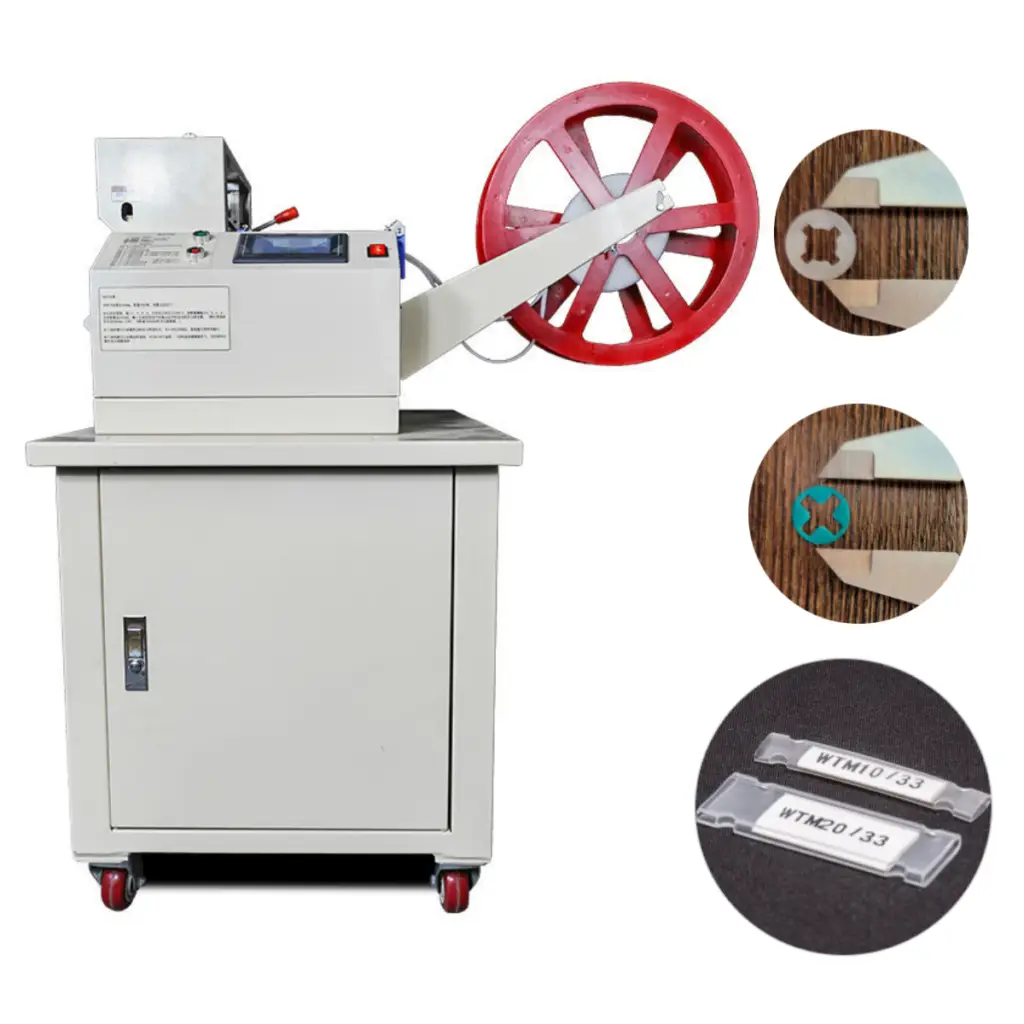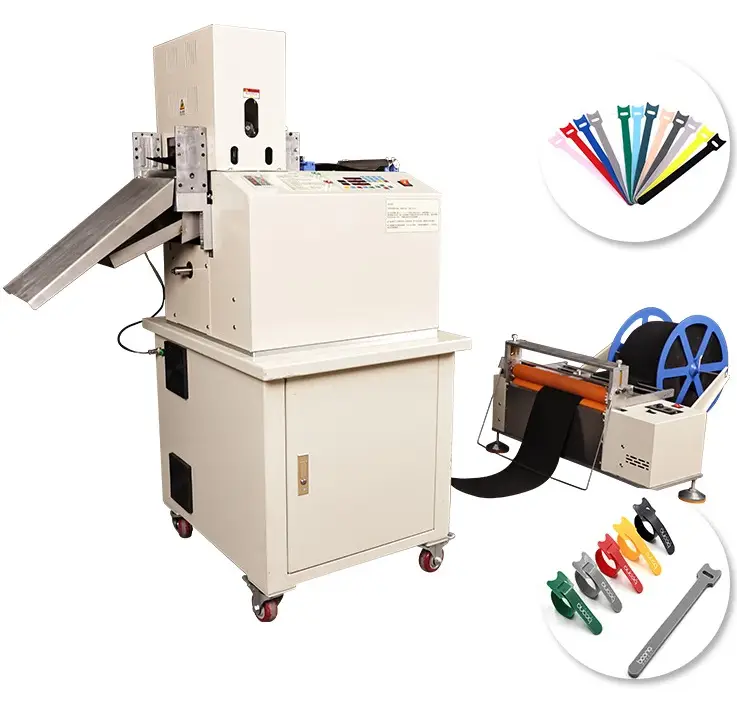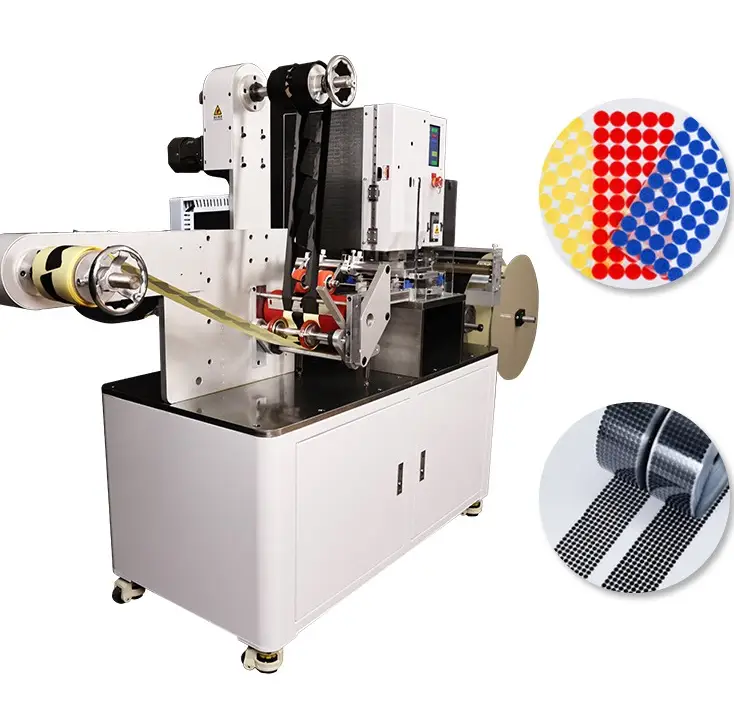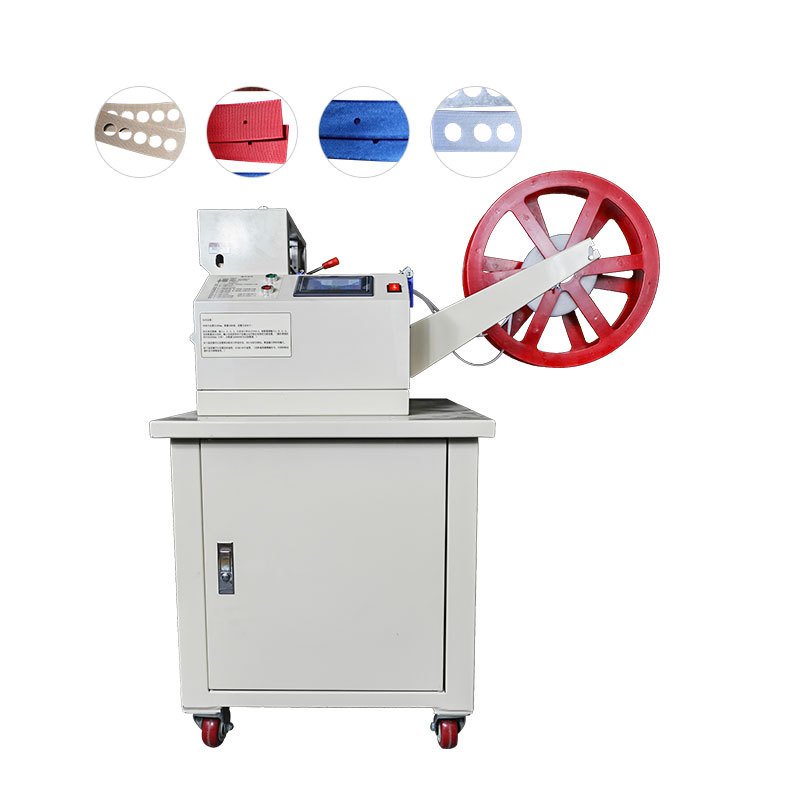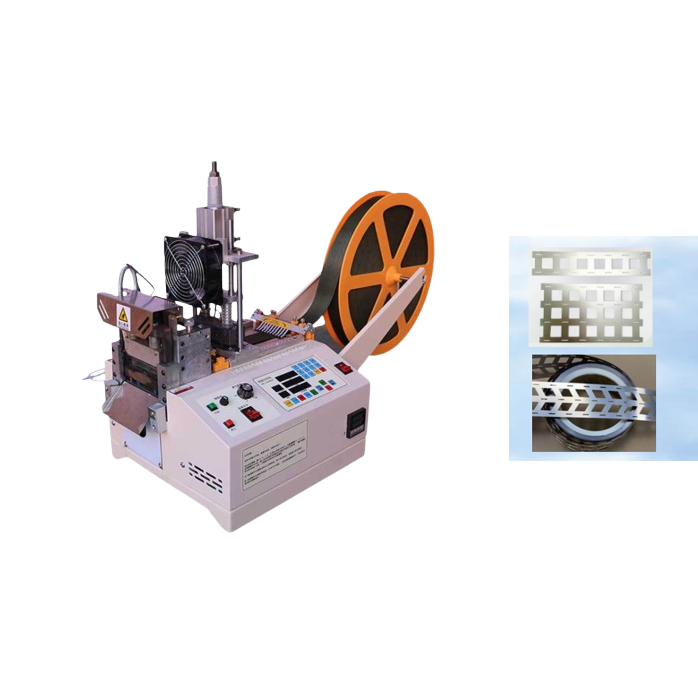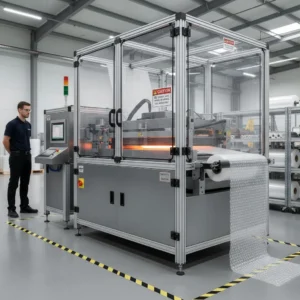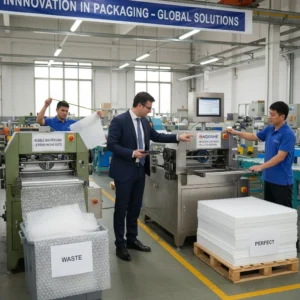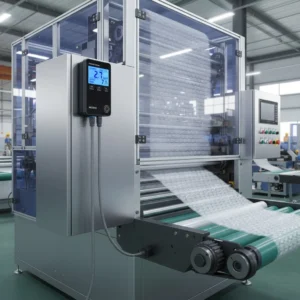How do you cut polypropylene rope?
[^1] cleanly without fraying](https://hxcuttingmachine.com/wp-content/uploads/2025/05/1.jpg)
Fraying ends, uneven cuts, and burnt fingers — if you’re cutting polypropylene rope the wrong way, you’re wasting both time and materials.
To cut polypropylene rope cleanly, use a hot knife rope cutter1. The heated blade slices and seals the rope simultaneously, preventing fraying and ensuring a clean finish.
Polypropylene rope is commonly used in marine, construction, and manufacturing industries. But if it’s not cut properly, it unravels and compromises the integrity of the product. Let’s explore how to cut it right, and how it’s different from nylon.
An automatic fabric cutting machine is a technologically advanced system that uses computerized controls and automated mechanisms to cut fabric materials precisely and efficiently without manual intervention. It can process fabrics laid out in sheets or rolls, using either static tables or conveyor systems to handle different production needs. These machines offer high cutting speed, extreme precision, and adaptability to various fabric types and thicknesses, significantly reducing fabric waste and labor costs. They are widely used in industries like fashion, upholstery, and manufacturing for mass production and prototyping, enabling faster turnaround and consistent quality compared to manual or semi-automatic cutting methods
How do you cut polypropylene rope?
You’re using scissors or a box cutter, but the rope ends keep unraveling and look unprofessional.
The best method is to use a hot knife rope cutting machine, which cuts and melts the ends at once, creating a sealed, smooth finish.
Why traditional tools don’t work
Polypropylene is a thermoplastic synthetic fiber. When cut with regular tools, the heat isn’t enough to seal the ends, so the fibers separate over time.
Step-by-Step: Using a Hot Knife Cutter
At Suzhou Haoxinhe Electrical Equipment Co., Ltd., our webbing ribbon cutting machines and hot and cold cutting machines are designed for materials like polypropylene, nylon, and other synthetic ropes. Here’s how to use them:
Step 1: Select the right model
Choose a hot knife cutting machine2 with adjustable temperature and programmable length settings. If you’re cutting in volume, our computer tube cutting machine is ideal.
Step 2: Adjust temperature
Set the temperature between 250–350°C. This is hot enough to melt and cut without burning.
Step 3: Load the rope
Feed the polypropylene rope into the machine. Some models support roll-feeding.
Step 4: Cut
Activate the machine manually (pedal/button) or let it run automatically with preset lengths. The blade heats and cuts at once, sealing the ends.
Step 5: Clean the blade
Wipe the blade clean after use to avoid build-up of melted residue.
When to automate
| Use Case | Recommended Equipment |
|---|---|
| Manual small-scale cutting | Handheld hot knife cutter |
| Factory-level production | Automatic rope cutting machine |
| Mixed materials (foam + rope) | Multi-material programmable cutting machine |
These tools are especially helpful in industries like packaging, construction, HVAC, and outdoor gear manufacturing — areas where polypropylene rope is common.
Is polypropylene rope the same as nylon rope?
You see both used in your supply chain, and they look similar — but are they really the same?
No, polypropylene rope and nylon rope are not the same. They differ in strength, flexibility, water resistance, and how they react to heat and UV.

Key Differences
| Feature | Polypropylene Rope | Nylon Rope |
|---|---|---|
| Material | Polypropylene (plastic) | Nylon (synthetic polyamide) |
| Strength | Moderate strength | Very strong (twice as strong as poly) |
| Flexibility | Less flexible, stiffer | More flexible and elastic |
| Water Resistance | Floats, doesn’t absorb water | Sinks, absorbs water |
| UV Resistance | Poor, degrades with UV | Better UV resistance |
| Cost | Lower cost | Higher cost |
| Best For | Packaging, light towing, general use | Climbing, safety gear, heavy loads |
Which should you choose?
If you’re in general manufacturing, packaging, or lightweight bundling, polypropylene is cost-effective and easy to work with. If your product requires heavy loads, safety assurance, or outdoor durability, go for nylon.
At HAOXINHE, we offer rope cutting machines that handle both materials. Whether it’s a Protective Foam Cutting Machine, Wire Cutting and Stripping Machine, or a Rotary Bevel Cutting Machine, each tool is engineered to handle various synthetic fibers with precision.
Cutting Considerations
When selecting a cutting machine, keep in mind:
- Blade type: Hot knife vs. cold blade
- Volume of cuts: Manual vs. automatic
- Material properties: Melting point, thickness, flexibility
Our customizable hot and cold cutting machines are built to adapt to each material’s behavior — and that’s why our customers in Europe, North America, and Southeast Asia trust our products in their daily production.
Conclusion
Polypropylene rope must be cut using a hot knife for a clean, fray-free result. And no, it’s not the same as nylon — choose your rope based on use case and strength needs.
Insights:
Polypropylene rope requires a hot knife cutter for clean and sealed cuts. It’s not the same as nylon; nylon is stronger, more elastic, and absorbs water. Choosing the right material and machine ensures durable, professional products in industrial manufacturing.

